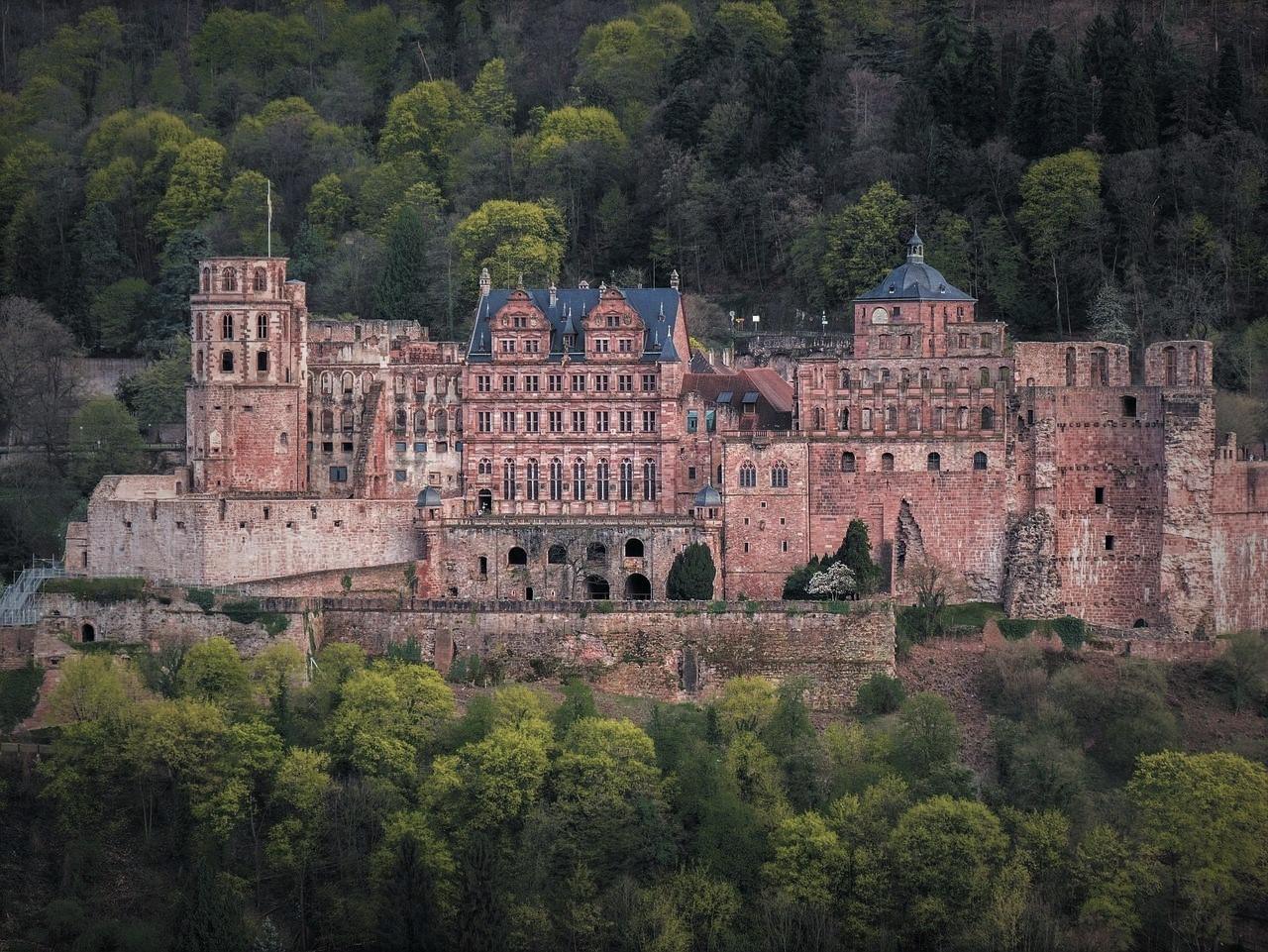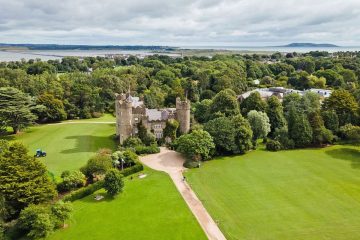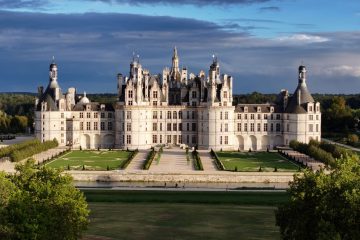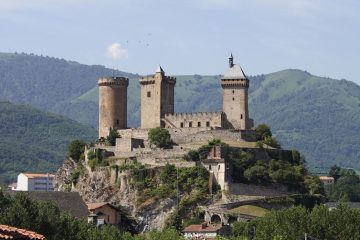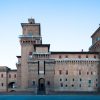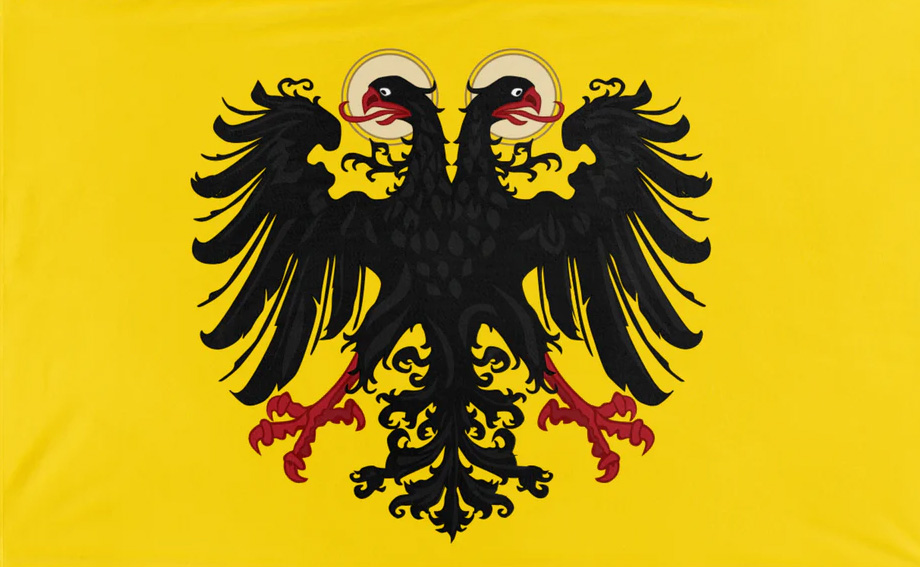
The impact of the Holy Roman Empire on European castles
European castles, magnificent and varied in their architecture and history, owe much of their development to the influences and events of the Holy Roman Empire. This empire, which lasted from the early Middle Ages to the early modern period, had a profound impact on the political, social, and military landscapes of Europe. Through a detailed exploration of this topic, we can better understand the rich history and significance of these majestic structures.
The Holy Roman Empire: An overview
The Holy Roman Empire, established in the year 800 AD and dissolved in 1806, was a multi-ethnic complex of territories in Central Europe. It played a crucial role in shaping the political and cultural dynamics of the region. Moreover, the empire’s vast expanse included modern-day Germany, Austria, Switzerland, the Czech Republic, and parts of Italy and France. With such a diverse array of lands and peoples under its control, the Holy Roman Empire influenced many aspects of life, including the construction and development of castles.
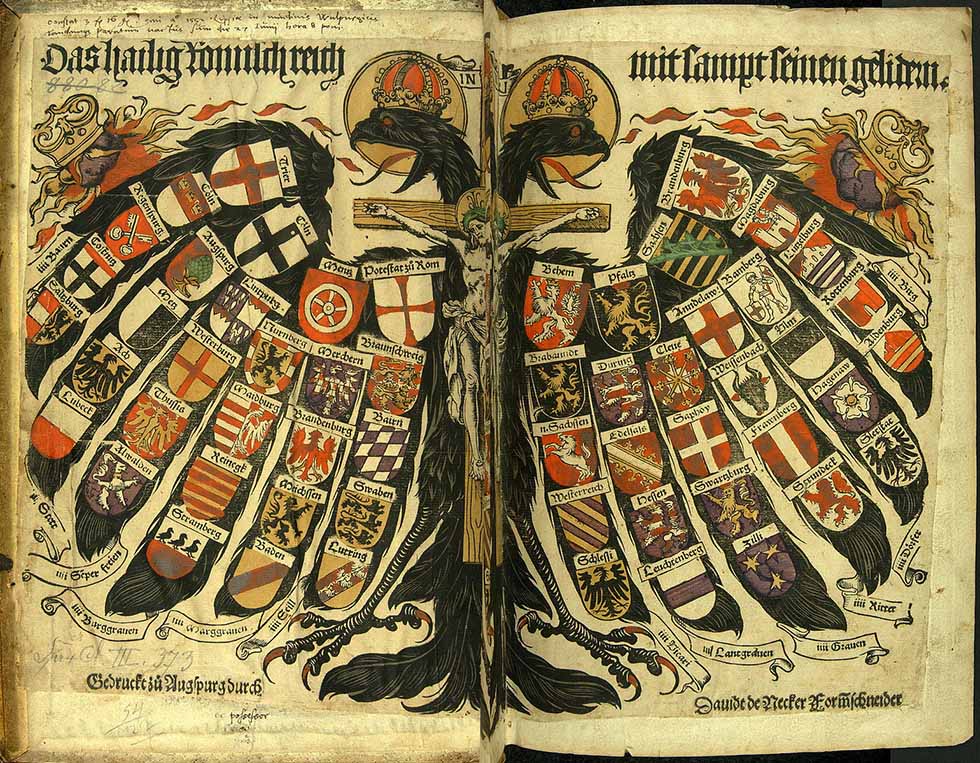
Political influence on castle construction
The political structure of the Holy Roman Empire necessitated the construction of numerous castles. The decentralized nature of the empire meant that power was often distributed among various dukes, princes, and bishops. These local rulers built castles not only as residences but also as symbols of their authority and as fortifications to defend their territories. Consequently, the proliferation of castles across the empire can be directly linked to the need for local rulers to assert their dominance and protect their lands.
Architectural evolution and innovation
The impact of the Holy Roman Empire on the architectural styles of European castles cannot be overstated. Firstly, the exchange of ideas and techniques across the empire’s vast territories led to significant innovations in castle design. Romanesque architecture, characterized by thick walls, round arches, and sturdy towers, was predominant in the early period of the empire. Subsequently, as time progressed, the Gothic style emerged, with its pointed arches, ribbed vaults, and flying buttresses, allowing for more elaborate and taller structures. This evolution in architecture reflected the changing needs and tastes of the period, influenced by the cultural and political milieu of the Holy Roman Empire.
Military advancements and fortifications
The Holy Roman Empire’s impact on military strategies also played a significant role in the development of castles. Castles were not only residences for nobility but also crucial military fortifications. The need to defend against various external and internal threats led to advancements in castle design and construction. The introduction of concentric walls, improved gatehouses, and the use of moats and drawbridges were direct responses to the evolving nature of warfare. These innovations made castles formidable defensive structures, capable of withstanding sieges and attacks.
Economic and social aspects
The economic prosperity brought about by the stability of the empire also contributed to the construction and maintenance of castles. Wealth generated from trade and agriculture allowed local rulers to invest in building more sophisticated and luxurious castles. Moreover, these castles became centers of administration and justice, reinforcing the social hierarchy and control exercised by the nobility. The presence of a castle often attracted craftsmen, traders, and peasants, leading to the development of towns and boosting the local economy.
Symbolism and legacy
The castles built during the Holy Roman Empire era were not merely functional structures; they also served as potent symbols of power and prestige. The grandeur and strategic locations of these castles demonstrated the might and influence of their owners. Even today, many of these castles stand as testaments to the architectural and historical legacy of the Holy Roman Empire. They continue to draw visitors from around the world, fascinated by their beauty and historical significance.
Notable castles of the Holy Roman Empire
Several castles built during the Holy Roman Empire stand out for their historical and architectural significance. Three notable examples are Wartburg Castle, Fortress Hohensalzburg, and Heidelberg Castle.
Wartburg Castle
Wartburg Castle, located in Thuringia, Germany, is one of the most important castles from the Holy Roman Empire period. Built around 1067, it served as a residence for the landgraves of Thuringia. Wartburg Castle is renowned for its role in the life of Martin Luther, who took refuge there and translated the New Testament into German. The castle’s Romanesque architecture and its later Gothic additions showcase the architectural evolution influenced by the empire.
Can’t wait to visit the castle? Book your Wartburg Castle tour online.
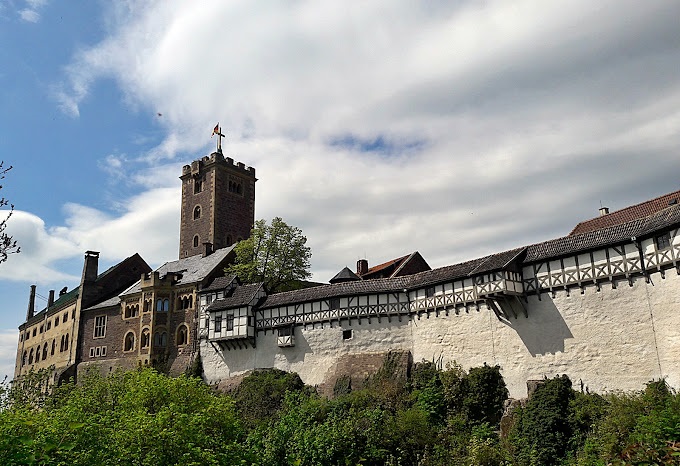
Fortress Hohensalzburg
Fortress Hohensalzburg, perched above the city of Salzburg, Austria, is one of the largest and best-preserved medieval castles in Europe. Construction began in 1077 under Archbishop Gebhard of Salzburg, a prince of the Holy Roman Empire. Moreover, the fortress served as a stronghold for the archbishops and was continuously expanded and fortified over the centuries. Its impressive size and strategic location demonstrate the military and political importance of castles within the empire.
Can’t wait to visit the fortress? Book your Fortress Hohensalzburg tour online.
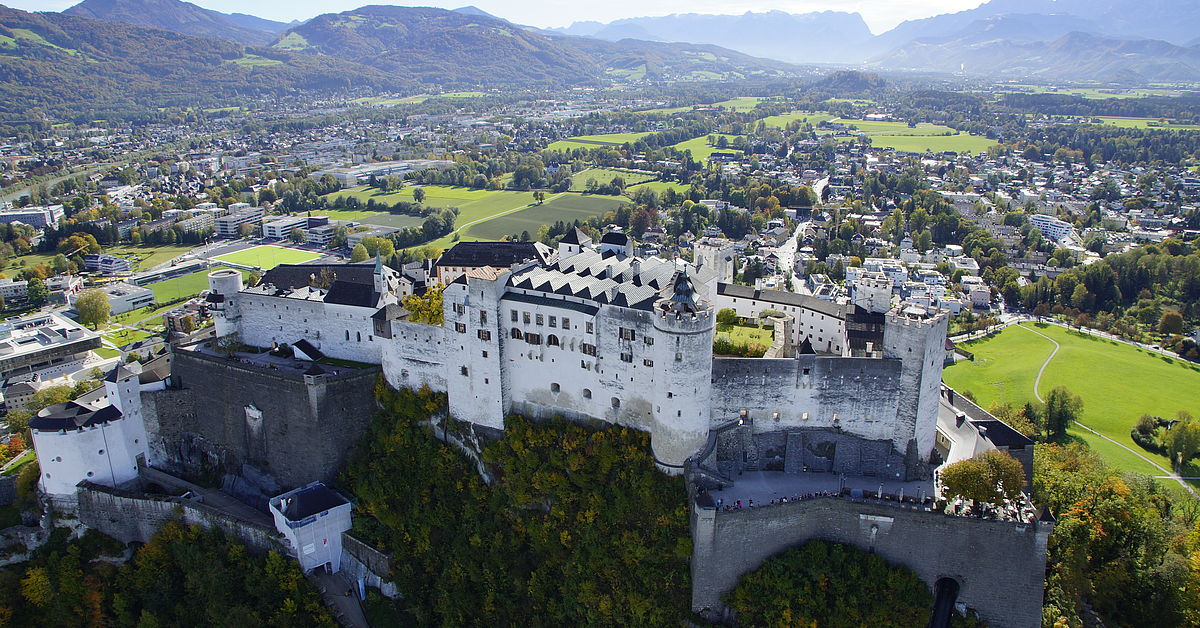
Heidelberg Castle
The political, architectural, military, economic, and social influences of the empire are seen in European castles. These majestic structures, with rich history and stunning architecture, offer a glimpse into a bygone era. The era was significantly shaped by the Holy Roman Empire. Understanding this connection helps appreciate the castles and their historical context.
We invite you to explore these castles and delve into the Holy Roman Empire’s history through our resources. Each castle tells a story, and together, they weave a rich tapestry of Europe’s medieval past.

